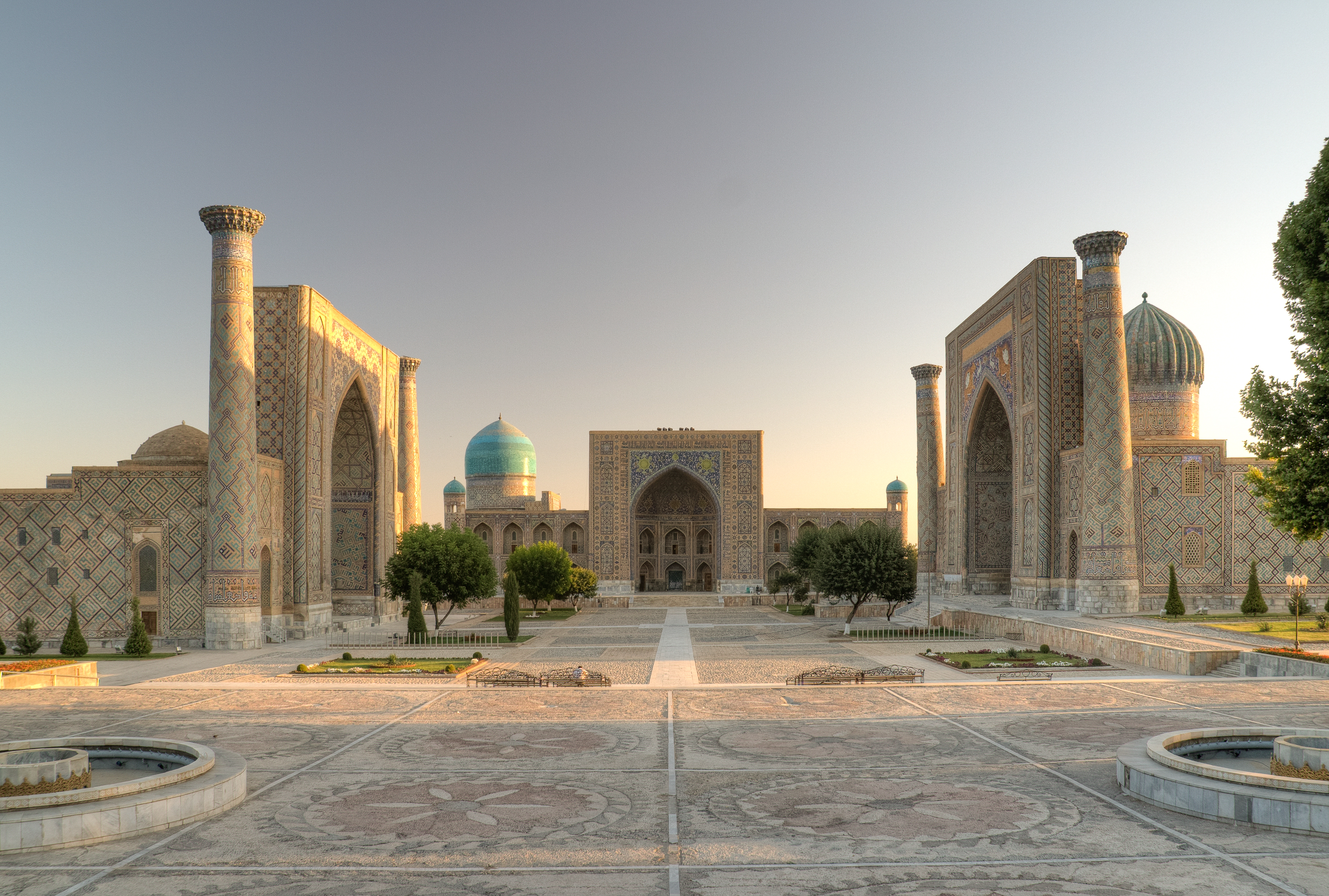Imam Quli Khan Of Bukhara on:
[Wikipedia]
[Google]
[Amazon]
 Imam Quli Khan (1582–1644) was the son of Din Muhammad Khan and the third ruler of the
Imam Quli Khan (1582–1644) was the son of Din Muhammad Khan and the third ruler of the  In the last years of his life, Imam Quli Khan began to see poorly and in 1642 he renounced the throne in favor of his brother Nadir Muhammad (1642-1645) and went on the Hajj. Imam Quli Khan visited the Safavid Shah, where the local artist
In the last years of his life, Imam Quli Khan began to see poorly and in 1642 he renounced the throne in favor of his brother Nadir Muhammad (1642-1645) and went on the Hajj. Imam Quli Khan visited the Safavid Shah, where the local artist
 Imam Quli Khan (1582–1644) was the son of Din Muhammad Khan and the third ruler of the
Imam Quli Khan (1582–1644) was the son of Din Muhammad Khan and the third ruler of the Bukhara Khanate
The Khanate of Bukhara (or Khanate of Bukhoro) ( fa, , Khānāt-e Bokhārā; ) was an Uzbek state in Central Asia from 1500 to 1785, founded by the Abu'l-Khayrid dynasty, a branch of the Shaybanids. From 1533 to 1540, Bukhara briefly became its ...
, who reigned from 1611 to 1642.
Imam Quli Khan belonged to Ashtarkhanid dynasty. During the reign of Imam Quli Khan, the Bukhara khanate achieved the most significant power for the entire period of its existence. Despite a successful foreign policy, Imam Quli Khan was unable to completely overcome the internal contradictions in the state associated with the separatism of certain Uzbek tribes.
In 1615, Imam Quli Khan sent ambassadors to the descendant of Babur
Babur ( fa, , lit= tiger, translit= Bābur; ; 14 February 148326 December 1530), born Mīrzā Zahīr ud-Dīn Muhammad, was the founder of the Mughal Empire in the Indian subcontinent. He was a descendant of Timur and Genghis Khan through his ...
, Emperor Jahangir
Nur-ud-Din Muhammad Salim (30 August 1569 – 28 October 1627), known by his imperial name Jahangir (; ), was the fourth Mughal Emperor, who ruled from 1605 until he died in 1627. He was named after the Indian Sufi saint, Salim Chishti.
Ear ...
of India. The letter from Imam Quli Khan was accompanied by an additional letter from the descendant of the famous theologian Khoja Hashim Dagbedi. The ambassadors were greeted friendly and Jahangir sent gifts and a poem to Imam Quli Khan, which he composed himself.
In 1618, the Safavid
Safavid Iran or Safavid Persia (), also referred to as the Safavid Empire, '. was one of the greatest Iranian empires after the 7th-century Muslim conquest of Persia, which was ruled from 1501 to 1736 by the Safavid dynasty. It is often conside ...
Shah Abbas I sent ambassadors to Imam Quli Khan with an offer of friendship. In April 1619, the ambassador of Imam Quli Khan was solemnly received by the Safavid shah.
During the reign of Imam Quli Khan, a number of famous architectural masterpieces were built, such as the cathedral mosque and Tillya-Kari madrasah, Sherdor madrasah in Samarkand, Nodir-Divan-Begi madrasah in Bukhara and Samarkand, etc.
 In the last years of his life, Imam Quli Khan began to see poorly and in 1642 he renounced the throne in favor of his brother Nadir Muhammad (1642-1645) and went on the Hajj. Imam Quli Khan visited the Safavid Shah, where the local artist
In the last years of his life, Imam Quli Khan began to see poorly and in 1642 he renounced the throne in favor of his brother Nadir Muhammad (1642-1645) and went on the Hajj. Imam Quli Khan visited the Safavid Shah, where the local artist Mo'en Mosavver
Mo'en Mosavver or Mu‘in Musavvir ( fa, معین مصوّر, lit. Mo'en the painter) was a Persian miniaturist, one of the significant in 17th-century Safavid Iran. Not much is known about the personal life of Mo'en, except that he was born in c ...
painted his portrait.
Imam Quli Khan died in 1644 in Mecca and was buried in Medina.Ziyayev A. KH. «Silsilat as-salotin» kak istoricheskiy istochnik. Rukopis' dissertatsii na soiskaniye uchenoy stepeni kandidata istoricheskikh nauk. Tashkent, 1990
References
Sources
* Burton Audrey. The Bukharans. A dynastic, diplomatic and commercial history 1550−1702. — Curzon, 1997 * Robert D. McChesney. Central Asia vi. In the 16th-18th Centuries // Encyclopædia Iranica — Vol. V, Fasc. 2, pp. 176−193 * R. D. McChesney, Waqf in Central Asia: Four Hundred Years in the History of a Muslim Shrine, 1480—1889. Princeton university press, 1991 {{DEFAULTSORT:Imam Quli Khan Khanate of Bukhara 17th-century rulers in Asia 1582 births 1644 deaths